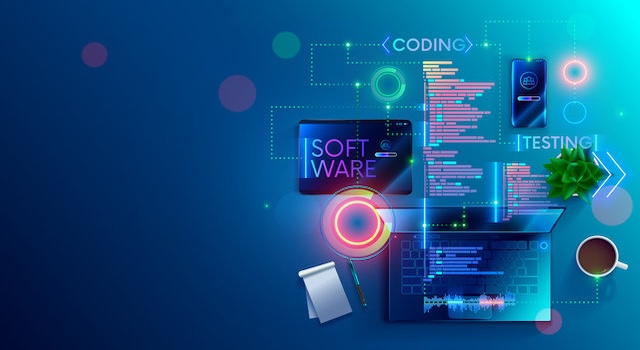Accelerate Supplier Onboarding: KYC, Risk, and Contracts in One CLM Workflow
Target keywords: supplier onboarding workflow, vendor risk CLM, KYC automation, procurement contract management software.
The Supplier Bottleneck Problem
Slow supplier onboarding drags projects and revenue alike. Finance waits on purchase orders, procurement wrestles with spreadsheets, and legal chases missing documents. A unified contract lifecycle management (CLM) workflow can collapse these silos—combining KYC verification, risk scoring, and contract execution into one streamlined journey.
Designing a Single Source of Truth
Begin by defining what “supplier onboarding” means in your organization. Typically it spans data collection, risk checks, contract negotiation, and activation in ERP. Your CLM should become the authoritative record, automatically syncing with procurement and finance systems.
Step 1: Smart Supplier Intake
Create an intake portal where vendors submit essential details—legal name, tax ID, banking info, and insurance certificates. Use dynamic fields: if the supplier handles personal data, show GDPR and security questions; if the supplier provides on-site services, display safety compliance fields. Integrate identity checks and sanctions screening APIs so compliance begins at submission.
Step 2: Automated Risk Scoring
Each supplier gets a risk score based on region, spend tier, data sensitivity, and criticality. Define thresholds that trigger additional review—e.g., suppliers in high-risk geographies automatically require InfoSec sign-off. The CLM records the rationale, creating an audit trail for regulators and internal auditors.
Step 3: Contract Generation and Negotiation
Once the supplier passes initial checks, the CLM generates a Master Service Agreement (MSA) or NDA using approved templates and clause libraries. Metadata from the intake form pre-fills into the contract—names, addresses, payment terms—eliminating manual re-entry. During negotiation, version control and redlining occur inside the platform with role-based permissions for legal and procurement reviewers.
Step 4: Approval Workflows and E-Signature
Route contracts through approval tiers based on spend or risk. The CLM notifies approvers, logs timestamps, and escalates overdue actions. After final review, trigger e-signature through integrated tools like DocuSign or Adobe Sign. Completed contracts automatically archive with metadata, and ERP activation happens instantly via API.
Integrating Risk & Compliance Reviews
Don’t treat compliance as a side process. Embed it directly into the contract workflow. For example, attach the latest SOC 2 or ISO 27001 certificates to the supplier record, schedule automatic reminders for annual renewals, and link DPA clauses for data-processing vendors. Every compliance artifact lives alongside the executed contract for complete visibility.
Onboarding KPIs That Matter
- Average days from supplier request to active vendor ID.
- % of suppliers onboarded through standard templates (vs. manual).
- Compliance documentation completion rate.
- Cycle-time reduction per department (legal, procurement, finance).
Change Management and Supplier Experience
Adoption rises when the process feels easy. Communicate expectations early: suppliers receive a single link, fill one form, and track progress in a status portal. Internally, train teams on exception handling and escalation paths. Use CLM analytics to highlight recurring friction points—perhaps tax validation delays or missing insurance proof—and iterate monthly.
Benefits Beyond Speed
A unified CLM onboarding model delivers more than faster activation. It enhances risk posture, improves data quality, and strengthens supplier relationships. Procurement gains visibility into spend commitments; legal gains consistent terms; finance gains trustworthy payment data. The organization gains confidence that every vendor entering the system meets compliance and contractual standards.
Next Steps
Start with a pilot in one region or supplier category. Define KPIs, automate intake, and connect KYC APIs. Once proven, replicate the model globally. The end state is a CLM-driven supplier lifecycle—from request to renewal—where compliance, contracts, and relationships move in sync.







